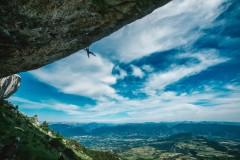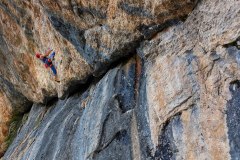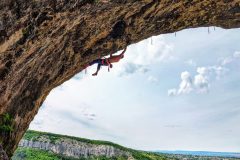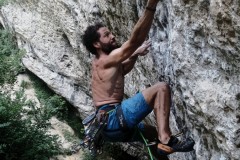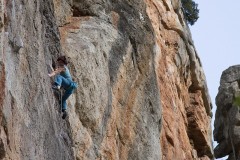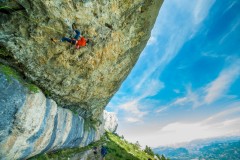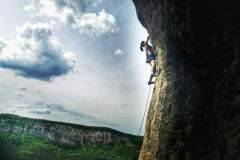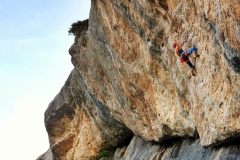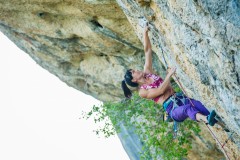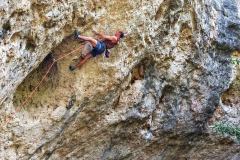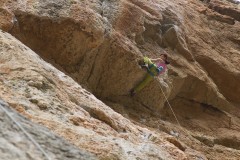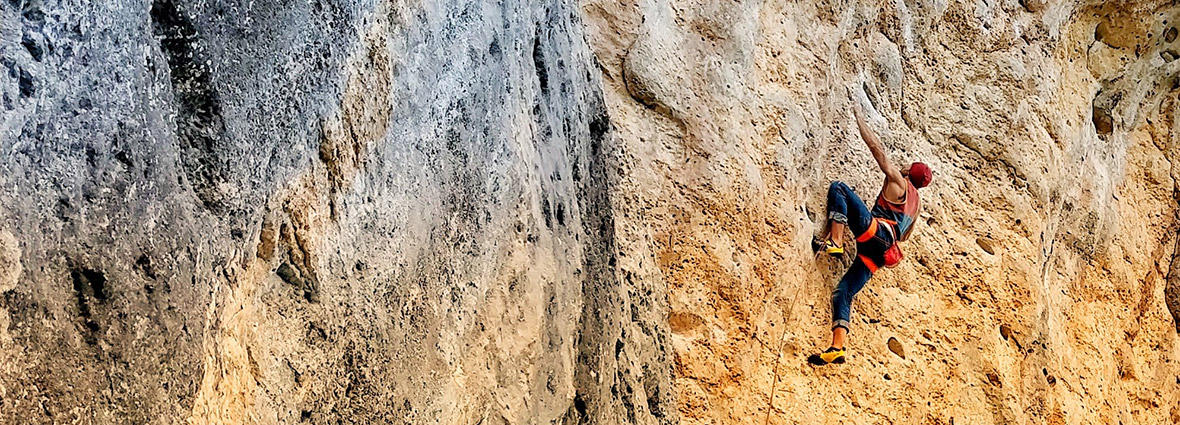
Climbing has become a lifestyle for many people worldwide. For some, it’s gotten to the point of obsession. For others, a pleasant escape from daily life. Either climbing subdiscipline can become a lifetime hobby.
“We don’t just love climbing. We’re obsessed with it!”
Everything began with alpinism.
Alpinism has been practiced since the earliest times and symbolises mankind’s attempt to conquer the highest mountain peaks, once considered “homestead of the gods” and not accessible to mere mortals. Alpinism can be practiced both during summer and winter and requires climbing long routes, with heights ranging from hundreds to even thousands of meters, covering rocky, snowy and even icy slopes.
“The alpinist dreams of ice, snow and rock. He dreams of mountains that rise heavily, steeply towards the blue heavens. He dreams of hours spend struggling to reach the summit and of the moment the world is at his feet, with nothing but infinity above him.”
Sport climbing has evolved from classic mountain climbing in the 70s. It requires free climbing of routes, without using any artificial means of progress. It is usually practiced on rocky cliffs, bolted specifically for the sport, with heights ranging from 15 to 50 m, but which can get as high as several hundreds. For safety, one uses a harness, rope, quickdraws and mechanical anchors, among which we count: chemical rings or bolts – metal rings drilled into the rock using expanding screws.
- Lead climbing requires to climb a route with a rope ties to one’s harness and while being belayed by the belayer. Each bolt on the route will have a quickdraw placed in it, through which the rope runs. In case of a fall, the climber’s weight is supported by the belayer through the rope and he will remain tied to the rope, hanging on the last clipped quickdraw.
- Toprope climbing requires the rope to run through the route’s top anchors, preventing a lead fall.
- Onsight climbing – when a route is climbed on a first attempt, without using artificial means of progress, without any lead falls or resting on the anchors and without previous knowledge of the route, except for anything that can be discerned from the base of the crag.
- Flash climbing – a route is considered flashed if it has been climbed on a first attempt, without falling on the lead or resting on the anchors, but with previous knowledge of the route – by watching another climber, sharing beta etc.
- Redpoint climbing – this term is used when one has taken several attempts to climb a route on lead, during which one has fallen or rested on the anchors or even used them to make upwards progress.
This is a climbing discipline which is practiced without ropes, on boulders or short rocky faces of 4-5m. To protect falls, one uses custom mats, designed to reduce ground impact, as well as spotters – other people who “spot”. Spotters direct the falling climber during their fall in order to protect their head, minimize the shock of a fall or prevent a dangerous landing.
Inside a gym, bouldering is practiced on artificial walls with heights between 4-5 m, with a variety of inclinations (slabs, overhangs – walls with an angle greater than 90 degrees, roofs, corners – a meeting of two vertical or overhanging walls). Bouldering is a sport that focuses more on single moves rather than the stamina needed in sport climbing. Bouldering routes are usually called problems, since the climbing is often times short, strange and resembles a problem that needs solving.
No matter the discipline, climbing is a spectacular sport, merging physical abilities such as strength, mobility, suppleness and balance with psychological abilities: determination, courage, perseverance and willpower; it’s seen explosive growth worldwide and is practiced by both children and adults of all ages.
The sport’s remarkable growth has been aided by artificial climbing walls, which offer practitioners a change to train indoors, away from crags and the caprices of the weather. Climbing gyms are a great and safe way into the sport, as well as a place for climbers to meet.
However, the climbing gym is still just a place to train and cannot replace the feeling of being at the crag, climbing in nature, enjoying amazing views and traveling to impressive destinations. We hope that the photos below will incite you, inspire you and draw you outside the gym to discover outdoor climbing, which is where the sport was born and where passionate climbers keep coming back.

